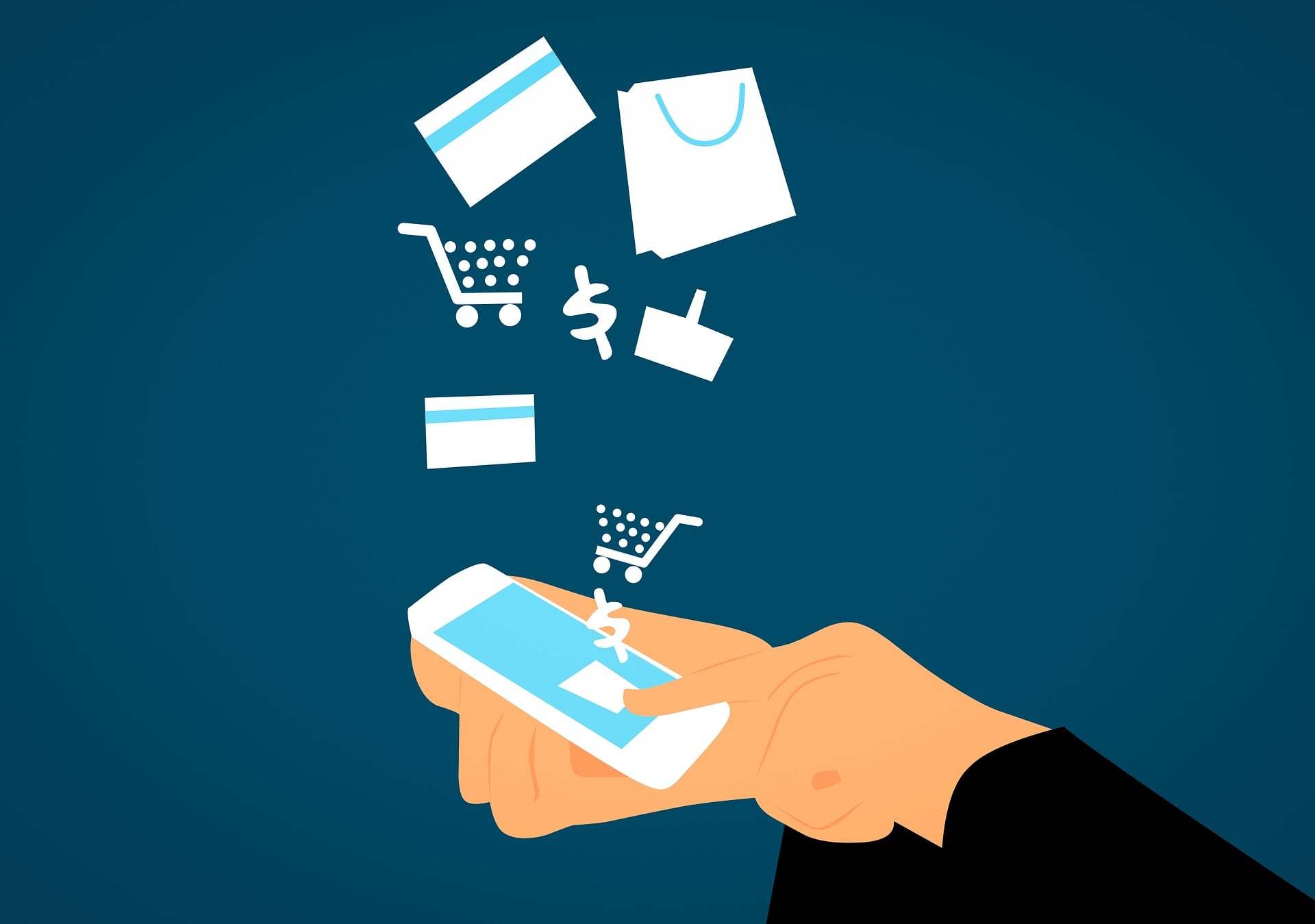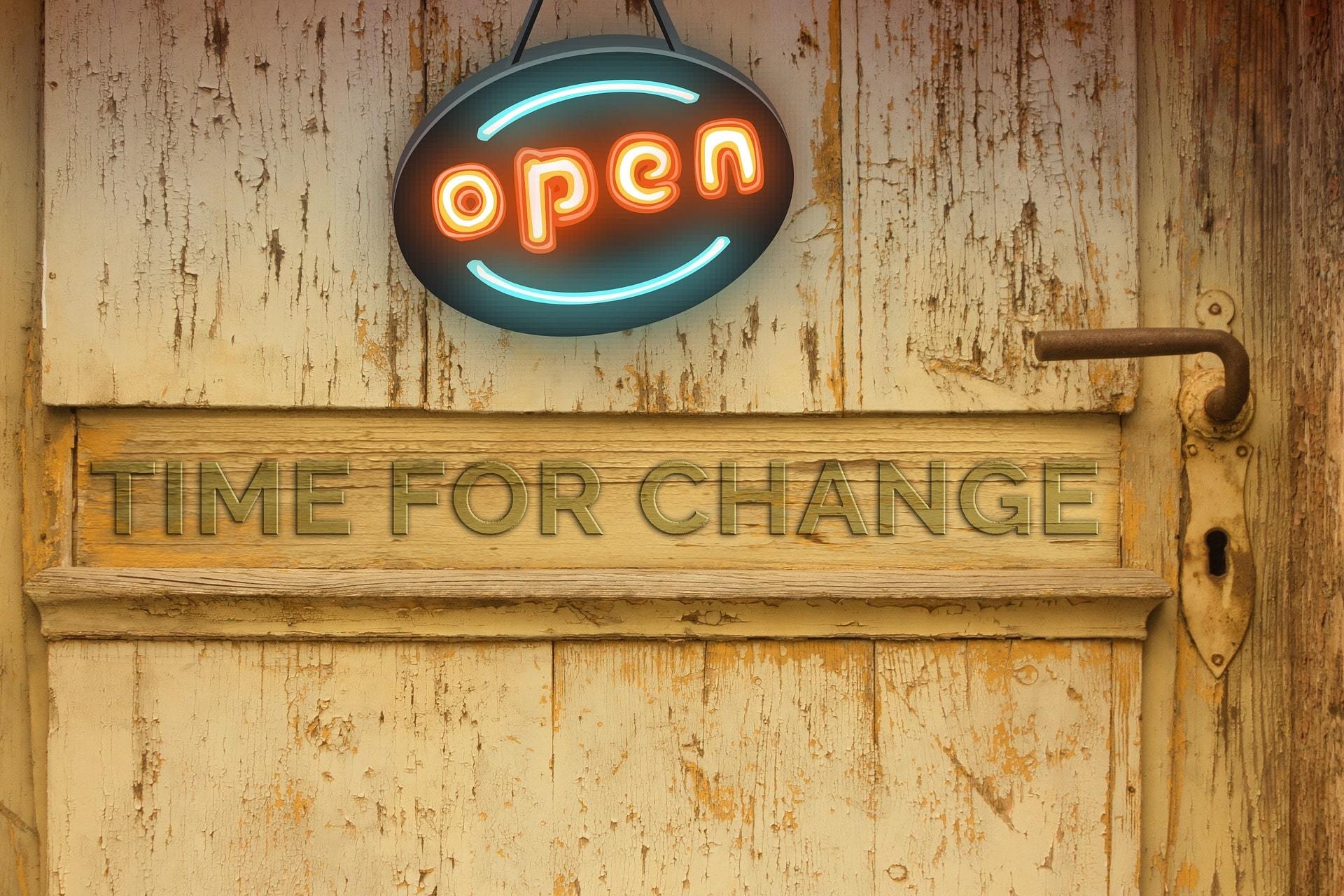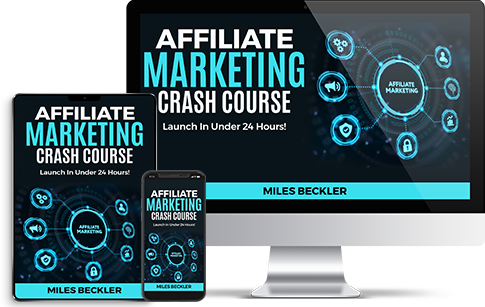This article is going to discuss the difference between Evergreen enrollment products and Limited Time enrollment products.
They are both great formats, but they also both come with their own upsides and downsides.
And to be quite honest, it is super important to choose the right one in the right situation!
In this post, you are going to learn everything you need to know about choosing the right type of product launch.
I am also going to give you some insider information, and you will learn exactly which one of these models can be scaled better for maximum earning potential!
If you want to get into that 6-figure internet marketing life, you NEED to know how to leverage both of these formats effectively.
Are Product Launches Dead?
There is no doubt that you've seen the super-hyped, $2,000+ product launches in the internet marketing world...
All the hype... All the PRESSURE to "Buy NOW!"
And then you probably hear the stories of how they brag about doing "$1.1 Million from that launch"
But what if I could show you the UGLY truth behind these launches...
How these product launching gurus are earning less today than they were 2 years ago...
What if I could show you how the product creators behind these launches are only earning as little as $50,000 from their "successful $1.1 million launches."
Would you like to know the dirty little secret from within the internet marketing world?
My buddy Andre has always been outside of this realm... But all his friends are the biggest 'gurus' in the launch world.
Andre has access to these folks and knows the truth behind their numbers, and what he just revealed to me, BLEW MY MIND.
You gotta check it out here: https://www.milesbeckler.com/soi
It's only a couple pages, so you will be able to read it pretty quick.
He details the ugly truth behind the launch world and details how their profits are crumbling out from under the fake gurus' feet...
Most importantly, he shares what is working...
This isn't just a tear-down article... It picks you back up to make sure you know exactly how to avoid these pitfalls.
And what you need to do in order to build a truly successful business.
I can tell you from my personal experience that this is a 100% match with what is crushing it for Melanie's and my business too...
Honestly...
Marketers who don't "get" this and keep operating under the old, dying model will fail...
And the worst part that failure will take months or years to unravel...
It will crush them... And most don't see it coming!
But, those who "get it" will absolutely flourish...
I've never read such a clear and concise account of WHY this change is happening...
Nor have I ever seen "The right way" explained so well, either.
How Do You Launch a Successful Product?
Launching a successful product is a process that involves several key steps. As a general rule, this is what you want to do to launch a product successfully.
- Build your audience
- Give your audience value and build up trust
- Use this trust to start building a relationship with your audience
- Then, after you have built up those relationships, you launch a product that is going to help them even more than your free content helps them
- Product design is super important. This needs to be a product that they cannot live without!
- You launch the product on your website… but hopefully, you can use your engaged email list to direct-market it to your most loyal followers
- And of course, in a perfect world, many of your customers buy it!
But when it comes to designing the product launch itself, you need to ask yourself which is going to work better for both you and your customers… an evergreen product launch, or a limited time product launch? https://www.youtube.com/watch?v=5Npq0lM3YZc
Overview on Evergreen Enrollment VS Limited Time Offer
The first thing to understand about the question of ‘evergreen vs. limited’ is that there is actually a time and a place for both types. Since they both offer some advantages, the key here is to maximize the advantages while mitigating any downsides. And that is what you are going to learn today. Let’s define these terms really quickly though.
Evergreen Model
An evergreen product is basically a product that people get to keep or gain access to forever. It is a product that is never going away. The main advantage to evergreen products is that you can mention them more often in your marketing, because they are not working within a limited time frame. This also makes them a ‘backbone’ of your business.
They are products you can sell to anyone, anytime. And as you continue to market them, your residual income can grow. Another thing I really love about evergreen products is that they cater to the human tendency of being impatient! We are used to Amazon Prime 48 hour delivery! When we buy something, we like to have it right now!
So, to a degree, forcing people to wait for limited-time offers when they are ready to buy now is just not good business. So, evergreen products make it possible for your customers to level-up their own life right now, this second, 24 hours a day, 365 days per year. And that just makes a lot of sense!
To be really honest, in the older days, I missed out on some sales by offering more limited-time windows for products and putting customers on waiting lists when these products weren’t ‘scheduled’ to be available.
I thought that these limited time offer-type waiting lists would drive up the demand. But they actually had an opposite effect. A lot of people who signed up for the waiting lists didn’t buy, because by the time the product came out, they had already changed their mind! So, in some cases, evergreen content actually gives you a lot of advantages.
Limited Time Offer

First, I wanted to lock in the price for a very short amount of time. It is a $97 per month program, but I offered it for only $29 per month for that first initial group of people. So, there was a 7 day window where people could actually enroll in the $97 program for just $29 per month. I also committed that I was never going to run this program at this price again!
If my viewers wanted in on it at this super-low rate, this was their only chance!
Second, I wanted a solid cutoff point… so obviously, limited time worked better for this particular offer. This created a sense of urgency that really worked to help me sign up some followers to get the ball rolling, and it worked really well.
Third, I wanted to test-run how much time it would take me to take care of the new people enrolling in the program. So, making it a limited-time offer would give me a sort of ‘closed system’ of time to work in… and that helped to give me context for how the process was going to go in the future as well.
I didn’t want to bog myself down and not be able to deliver on the program. And this process helped me to iron out the kinks before there were just too many members! There are also cases where limited time offerings on classes and courses can be hugely beneficial, because this can also create a sense of community.
If you are opening a class and are going to have everyone start at the same time, going through the course at the same pace, then you can market it as this course that people don’t have to go through alone. It really builds a sense of community, and that can be really powerful. So sometimes, limited time products make a lot of sense.
As you can see, there is a time and a place for limited time products. And sometimes, these can work very well in certain situations!
You have the full right and permission to change your product as you deem necessary.
For my approach, and for the people I help, my products are really all over the spectrum. I help dropship people, I help affiliate marketers, I’ve got people running agencies who come to me for help, I help coaches and pay-per-click advertisers… etc.
So, my services have turned more into a ‘join when you are ready’ kind of platform. My audience can choose the pieces, modules, and courses that are available and helpful for them at that point in time.
They can also ask me questions and give me feedback to help me make things even better for them. So, when you take into account the mechanisms I tend to use, what I’ve built, and who I’ve built it for, I am in a place where the evergreen model has become something I’m a bit more excited about.
But, there is also a caveat here!
I have the full right and permission to change this, as well. I may very well turn things back toward limited-time enrollment if I start to get overwhelmed, or start to feel like that ‘shift’ would be appropriate and helpful to both my audience and myself. So, it all comes down to the context and circumstances.
Is Your Product Best as a Limited Time or an Evergreen Offer?

- Once you get your funnels and sales pages in place, it just makes a lot of sense to really double-down and drive that traffic to them. Why open and close these if they are converting well and giving you the opportunity to scale them?
- Sometimes, making people wait can be gimmicky and leave a bad taste in people’s mouths. I have even seen ‘webinars’ where they make you wait for an hour before purchasing, to make it look like they are doing a live webinar when they are not!
Things to Consider Before Deciding on Either Type of Offer

Do you have an evergreen video sales letter, or a copywritten sales letter, available on your page to sell your products 24/7? If not, why not?
Do you have a VERY good reason for NOT offering this product all the time?
This is the biggest thing I think people need to consider. Another thing to consider is your future plan. Do you plan to roll out a new product at a super-discounted price, and then incrementally move it up in price as time goes on? If so, then the limited time offer may legitimately be a better way to go.
Why the Evergreen Model is a Better Choice
There are a few reasons for why I truly believe that the Evergreen model is just the better choice for products in most cases. Let’s dig a little deeper into this.
Continuous growth of your residual income.
When you start building funnels to your evergreen content, and then put all of your effort into driving traffic to those funnels, it is just a big shame to not double down on that mechanism and keep it open. Why shut down a system that is open and earning you continuous revenue?
Helps more people to join when the time is right.
If you make people wait for limited time enrollment, they may not be ready when the time is actually right for them to buy. But if you house plenty of evergreen content, products, videos, ebooks, courses, etc. on your site, you will be setting yourself up for success by offering products that your audience could literally choose to buy at any point in time, day or night, 24 hours a day.
Better allocation of your time and energy (read: less stress for you!)
One of the great things about evergreen content is that it can help you to lessen the burden on yourself. Caring for your business and your customers is a big thing. It involves you taking a lot of time to work with them, answering questions, getting into the nitty-gritty details of how they can do this or that better, etc.
But if you start offering evergreen products that will help them on their journey, you can easily point them to those products and say “hey, I have the perfect thing for you. This is an all inclusive guide/course/video series about this problem you are having, and it will help you.” And at the end of the day, this helps them even more, and also takes some of the workload off of you.
How to Transition from a Limited Time Offer to the Evergreen Model

Give your product launch a 7-Day window, and stick to it.
So, you are kicking off this new membership, course, guide, webinar, etc. It is going to be awesome. But you don’t want to overwhelm yourself. So you test-run it with a 7-day product launch, and you stick with that.
Give yourself a solid cutoff point and compel people to take the offer.
This will give people a reason to take the offer, while also providing a sense of urgency and a bit of pressure to buy. But it also gives you a solid cutoff point so it doesn’t snowball out of your control too quickly.
Helps you understand the time specifics of running the program.
Another great thing about running a test like this is that it will give you an idea of exactly how long it will take you to keep up with the number of people who have already signed up.
Once you know how long it will take to help 10, 50, or 100 people, you can easily calculate whether or not you are ready for 500, 1,000, 2,000.... Etc.
Close the offer after a month then reopen it at a higher price.

Then, close it down… but put together a new offer that will let people join for a higher price. This helps you to gently scale up your prices while still giving value to the people who got in on it early.
Leave it open to allow new people to join in.
Once you scale up to this new price-point, you just leave the product open to allow anyone to join in. It is now an evergreen system that you can continuously run traffic to.
Of course, you should only move to this phase once you have tested everything and made sure that you can handle the customer-load. But as long as that is not a problem, this is where the limited-time offer permanently becomes an evergreen product.
Have a system in place to manage old and new customers.
If you switch the actual perks that customers get along the way, make sure that you put a system in place to honor the promises made to your older customers. If someone signed up during your first seven-day limited time offer, make sure that their price-point stays the same. You may need to find/develop systems for managing these different customer bases.
Split Test and Blend Both Together

There is simply no reason not to split test these ideas and see which one works better. Try out your product launch for a limited time. Then scale it up. Then launch it as an evergreen model. How do you like it? What are the pros and cons?
Take what you learn, and apply it to your next product launch. If you are doing courses or classes, this is pretty easy.
You can easily do a limited time launch, go through that course, and then say ‘I’m done.’ Or, if you really want, you can take that video, or text, or audio, and put it all out there as an evergreen course that people can buy or access by joining a membership.
The second idea is to try both.
Now, for the most part, keep in mind that I do favor the evergreen model. But, there are also times when limited time product launches work really well. So if you can combine these together, and offer limited time launches alongside your evergreen products, then you may set yourself up for enjoying the benefits of both worlds.
You just have to be careful that you don’t overwhelm yourself and take on too much work.
Trust me when I say this… helping people and building a tribe is super-rewarding, but it also requires real, serious time and effort. And if you take on more than you can handle, your business and your happiness will suffer! So work hard, but don’t kill yourself over it! Make sure to ease your way in a little bit at a time.
Conclusion
If you have questions about this, feel free to get at me in the comments. I generally tend to think that evergreen is usually the way to go. But if you have a different experience, let me hear it! I'm always happy to answer questions and hear your thoughts, so hit me up and let’s continue the discussion! See you on the next one!

